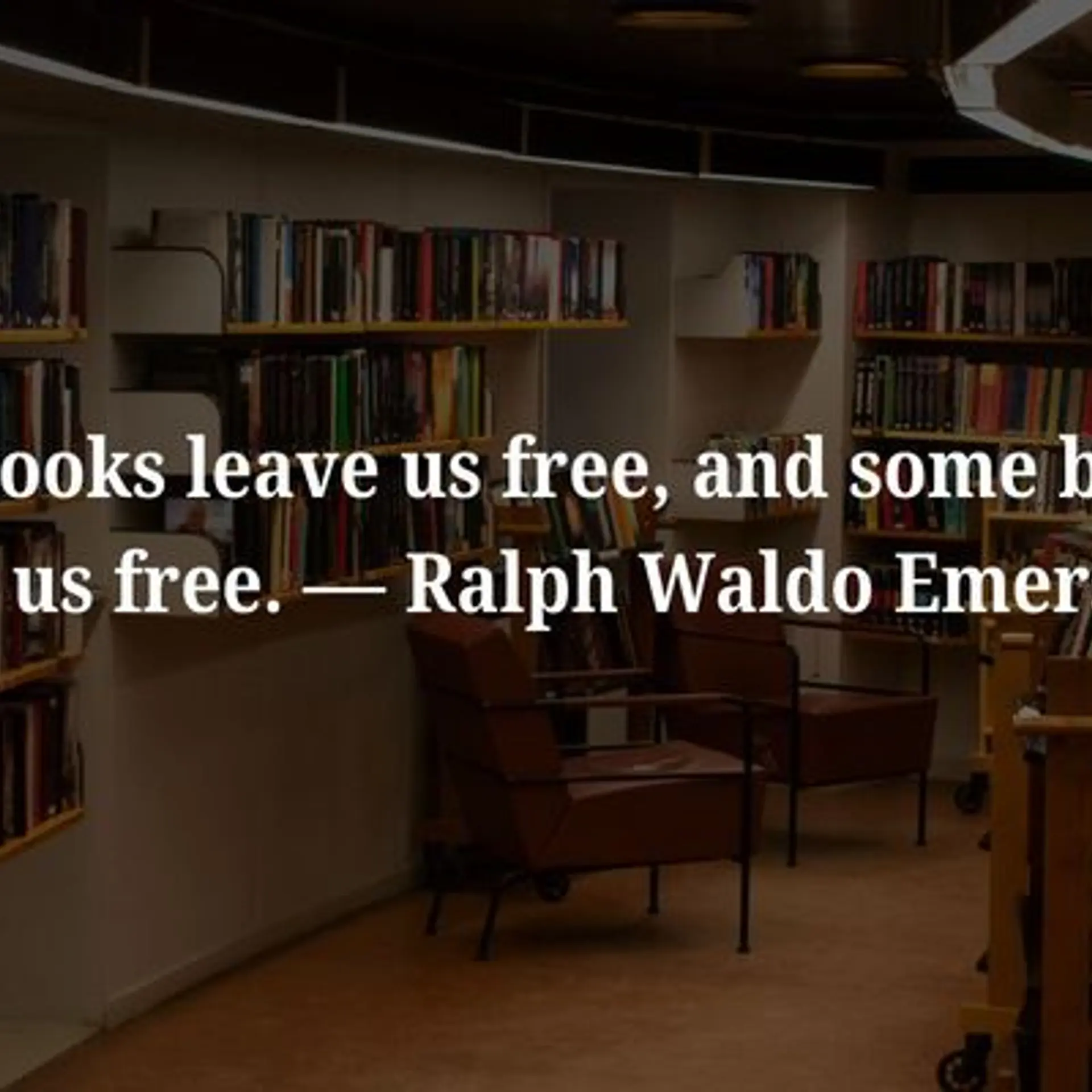The D2C playbook: Building the differentiator for brands in niche markets
Bombay Shaving Company, Wakefit, Pee Safe, BusinessOnBot: Category disruptors in D2C are focused on acquiring the niche audience to meet the ever-evolving customers’ expectations.
As a disruptor, India’s direct-to-consumer (D2C) has dramatically changed the way people shop and managed to unlock new customer relations with brands that would have otherwise not existed.
In India, D2C serves as an ideal instrument for startup companies to deal with clients or consumers directly. The country has experienced a big boom in D2C brands in recent years that will soon touch the $100 billion market by 2025, according to Salesforce.
Category creators from the D2C ecosystem featuring Shantanu Deshpande, Founder, and CEO, ; Chaitanya Ramalingegowda, Director and Co-founder, ; Vikas Bagaria, Founder, ; and Mohit Kumar, Founder, and CEO, came together at YourStory's premier edition of the Brands of New India Mega Summit to discuss what it takes to think out of the box and build a sustainable business that customers love.

Driving online visibility and sales
Mohit began interpreting his overviews towards the stable market, “WhatsApp is an extremely effective channel to spread D2C practices. The platform has 99 percent delivery rates and better response than SMSs and emails. Employing WhatsApp for user acquisition and customer retention is preferable,” he said.
Emphasising market gaps to drive inbound traffic, more sales, and acquiring more customers through WhatsApp, Mohit suggested “Vernacular Support” to assist brands to reach regional areas for business support.
“Placing value for money and aspiration for a large category size, a brand can do well,” said Shantanu. “Understanding channel mix, simply coupling great products and marketing can give a good sense of delight. With extensive experience and adequate marketing efforts, consumers must be satisfied with products and services”, he added.
By simplifying a reflection of business, WakeFit.Co’s Chaitanya explained, “we have achieved big learnings from traditional to online mode of doing business where each phase is completely different.” “The mattress we provide is a very experiential product, so we provide a 100-day trial and will take the item back if the user doesn't find it useful. On the other side, furniture is a completely different game, not experiential at all. So, we saw learning is vastly different in these categories/phases,” he said.
PeeSafe’s Vikas spoke about the difficulties in taking care of feminine or masculine hygiene, sexual wellness, and pleasure which is a hugely undercover, unorganised sector. “People don’t even talk,” he said, encouraging all to talk about sexual wellness and hygiene. He prioritised discussing bold subjects while maintaining a decency line, spreading awareness via informative posts and social media channels.
The growth enablers
Mohit explained how each brand has its specific target audience, geographics, and working strategies. What works for jewellery brands might not work for tea/coffee brands, he said, understanding distinct domains are decisive. “After the COVID outbreak, people started adopting online transactions, and we saw 30 percent more sales via our WhatsApp’s payment system”, he said.
Taking the discussion ahead, Shantanu explained, “Despite an evident evolution so far, people don’t talk about male grooming as a chalk-talk for female grooming and wellness things. Men are harder to engage and easier to please and vice versa for females, so we are learning from customers and the journey is quite interesting.”
Talking about the changing purchasing behaviour of women consumers, Vikas said, “We provide discrete products, and under a brand name, we should keep ourselves at the right place where it matters the most. The more you talk about a product, the more people come out to buy,” recalling how they entered houses with the trust that the Pee Safe can reduce UTIs and their growth to date.
“No matter how technologically we are, purchasing will be conducted offline as well, especially for furniture,” said Chaitanya as he affirmed to continue doing business in the online mode in an agile and nimble environment, where training is convenient and customer experience is better. Recently, WakeFit.Co has gained a total revenue of Rs 700 crore from which 20 percent is of furniture sales.
Factors impacting D2C ecosystem growth
Talking about the essence of vernacular approaches to scale India’s regional segments, Mohit said, “D2C companies must validate logistics and warehousing to be automated alongside WhatsApp and its more streamlined funnel.”
In response to the discussion, Shantanu added, “More capital, good founders, and massive consumption are good things to happen. India embraces several opportunities to build sustainable businesses. Also, IPOs must be rational and consumers should be reasonable as per their expectations.”
Vikas proposed to focus on building consumers’ trust with many new entrants in the market. “Brands should be innovative, transparent, and swift as well as they must account for positive and negative feedbacks forefront to become reliable constructively,” he said.
WakeFit’s founder Chaitanya explained that D2C brands are easier to launch in different marketplaces, be it offline or online branding, or organic searches. He said, “It is easier to cut corners to raise margin sides crucially to maintain the credibility of D2C ecosystems.” However, Chaitanya expressed concerns as many brands are getting launched and no regulatory bodies are in place to inspect from both brands' and consumers’ sides.
You can watch videos from all the sessions of Brands of New India Mega Summit here. Don't forget to tag #BrandsOfNewIndia when you share your experience, learnings, and favourite moments from the event on social media.
For information on future events, collaborations, and information regarding the D2C ecosystem, please visit our website.







